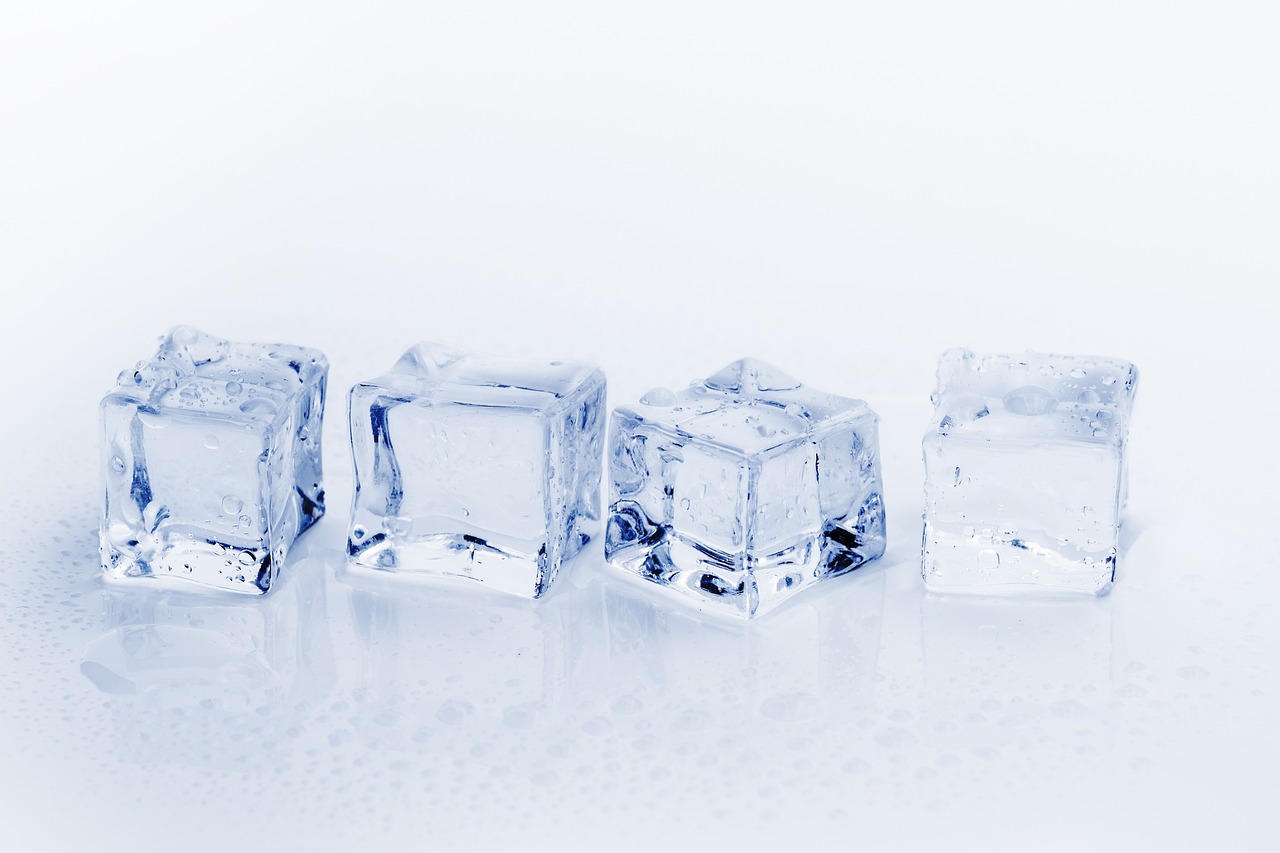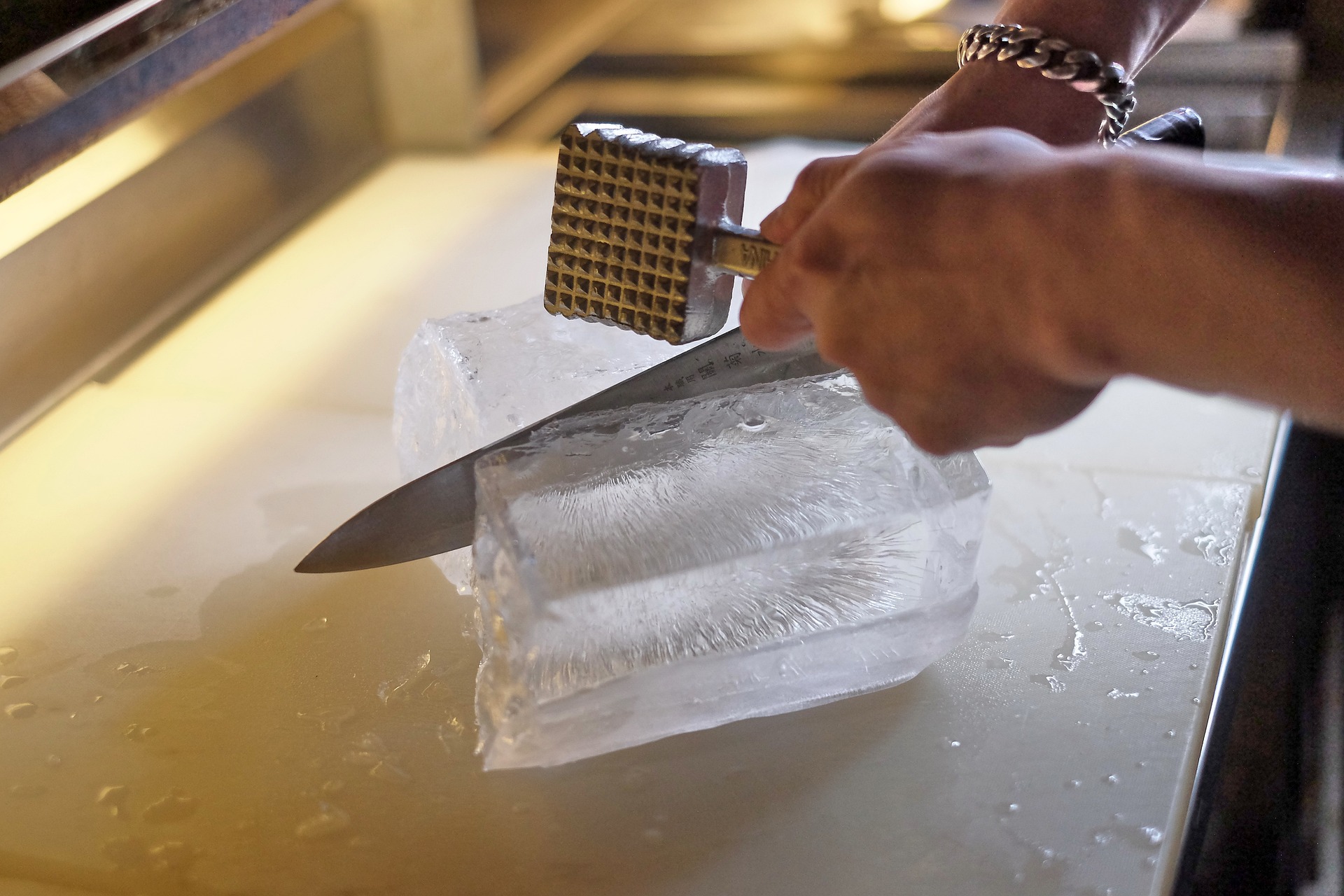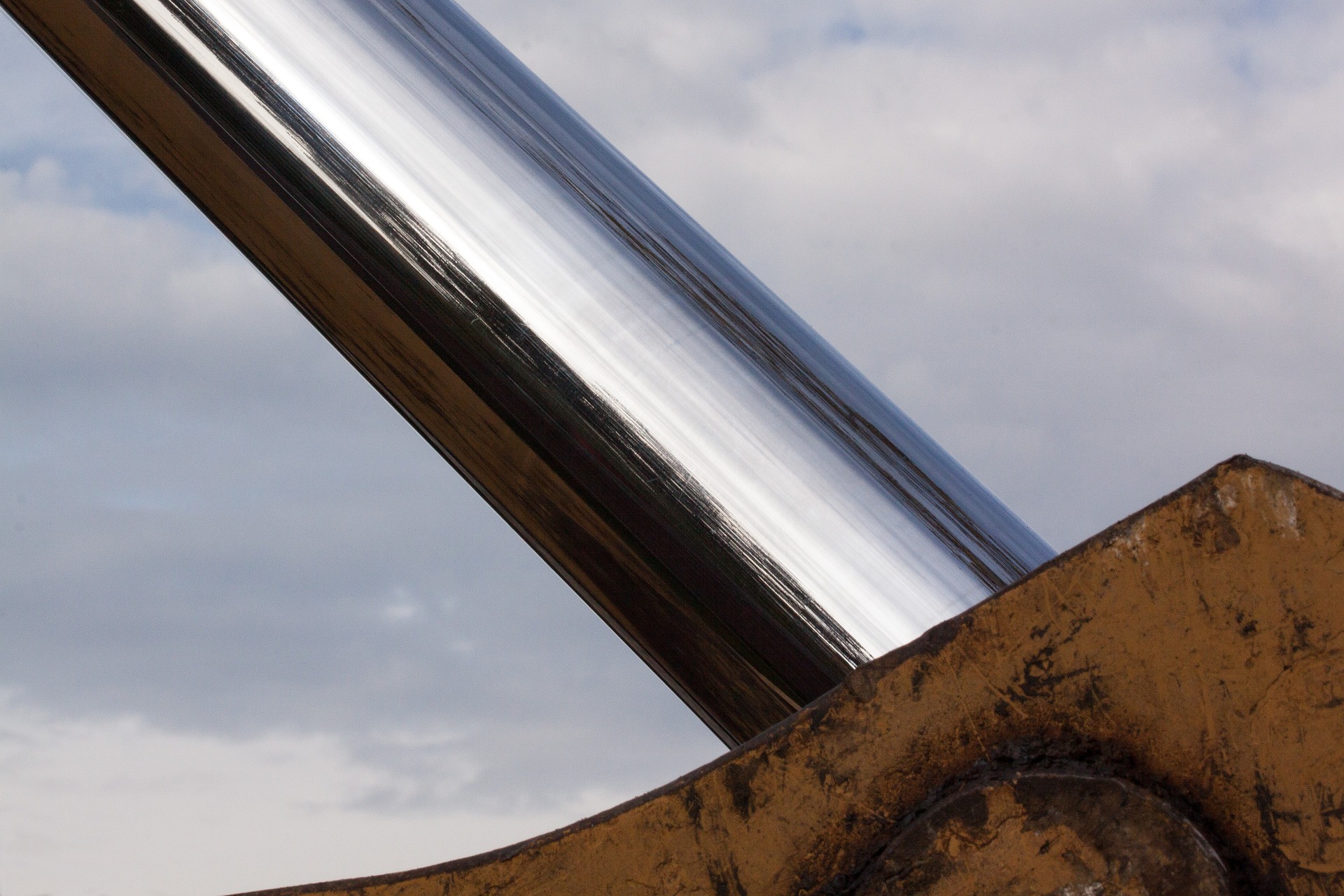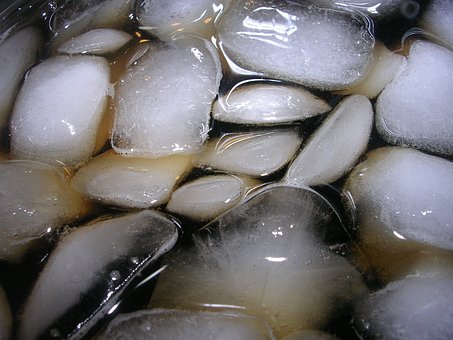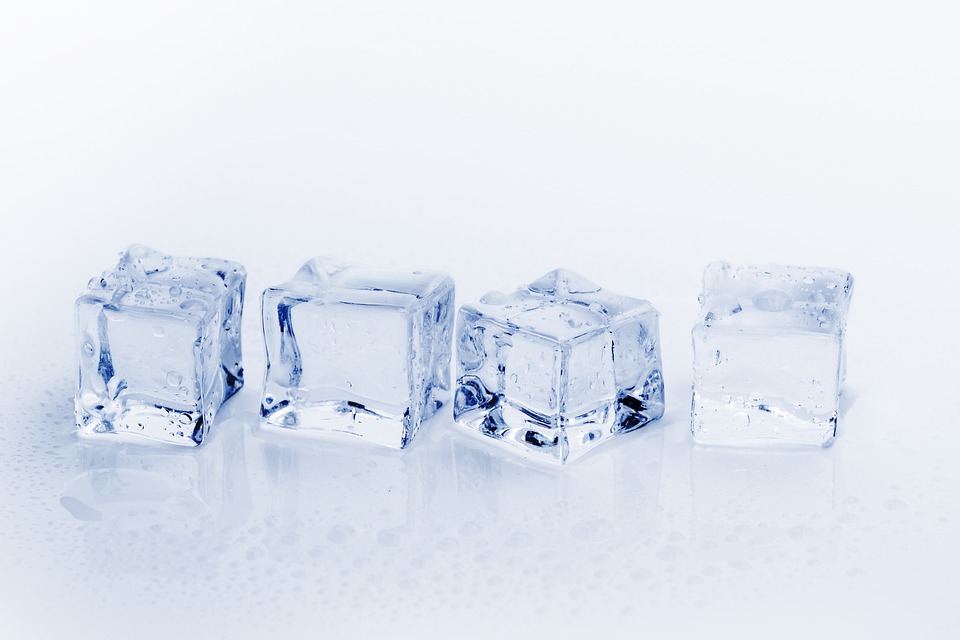There are basically two major types of heating systems. Air-based and hydronic heating. The former uses air as the main heat transfer medium while the latter uses water or steam to transfer heat. Each of these options has pros and cons, but hydronic heating in Melbourne seems to have more benefits than shortcomings.
How Hydronic Systems Work
A hydronic system consists of a boiler, plumbing, radiator, valves and thermostat. The boiler’s work is to raise steam or heat water to a high temperature level. This water is then transferred to radiators installed in different rooms around the house through well-insulated pipes. In the radiator, hot water dissipates heat to the surroundings, which means cooler water comes out the other end of the radiator and returns to the boiler for further heating. The thermostat is there to turn water valves on and off when room temperatures have reached the desired level. As you can see from the above description, water is simply a heat-carrying medium.
Benefits of Hydronic Heating
i) Energy Efficient
Hydronic heating systems are much more efficient than your average air-based heating system. This is because water has a higher heat-carrying capacity, so it can efficiently transfer heat from the boiler to the heat exchanger/radiator. This means that most of the heat generated at the boiler is received in the room. With force air heating systems, most of the heat is lost in transit. This makes hydronic heating much more energy efficient and cost-effective to operate than other heating systems.
ii) Healthy and Safe
Hydronic heaters are health and safe for kids and people who have allergies, asthma, sinusitis and other respiratory conditions. This is because there is no forced movement of air in the system as heat is radiated to the surroundings and distributed naturally through convectional currents. This means that dust, pollen, pet dander and other types of allergens cannot become airborne when the system is airborne, thereby making the system healthy and safe.
iii) Easy to Install
When you want to install a hydronic heating system, all you have to do is install the boiler outside the house and do the plumbing to connect heat exchangers in different parts of the house. This means that there are no costly or elaborate ductwork and installation of vents and registers all over the house.
iv) Quiet Operation
Hydronic heaters do not have any fans or blowers as heat is evenly distributed all over the house through water pipes, so there is no noise. This makes them convenient and comfortable to have at home.

